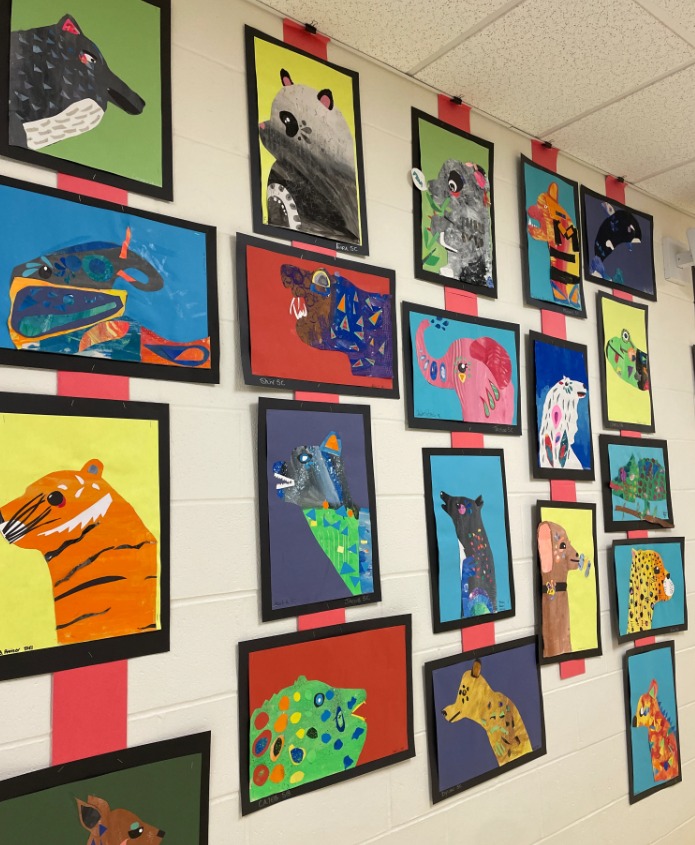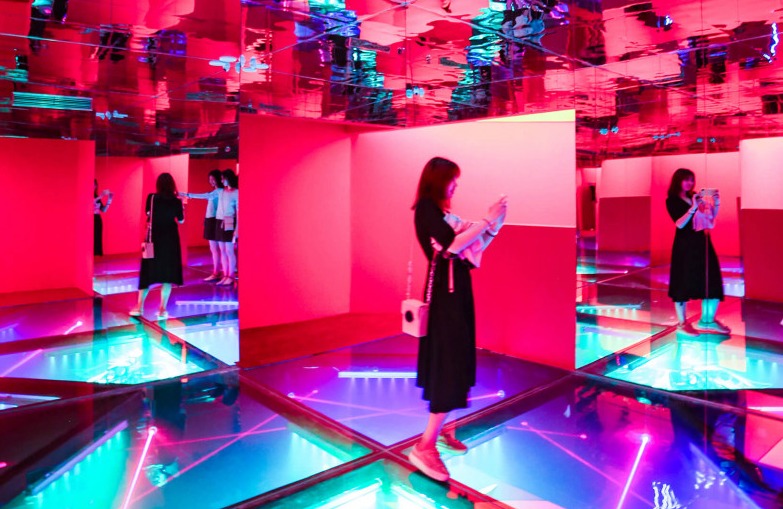Student Curators & Youth-Led Exhibitions: 2025 Studio Guide
By the time the last bell rings, many adults in schools are ready to put their brains in “low gear” for a few minutes—scrolling social media, watching a show, or playing a casual game on their phone. Some may even unwind with a few spins on an online slot game like slot spaceman at qqmamibet once grading is finished and the building is quiet. Whatever the habit, it is essential to underline that all gambling is for adults only and must never be connected to students, classrooms, or school communications.
If a colleague uses gambling as entertainment, it should be treated like any other high‑risk hobby: set clear limits, only use money you can afford to lose, and step away the moment it stops feeling fun. Just as we would never design a student exhibition around adult nightlife, platforms like qqmamibet belong firmly in private off‑hours. This guide turns to something very different: empowering young people as student curators and building youth‑led exhibitions that center their voices, not ours.

Youth‑led exhibitions are more than hallway decoration. When middle and high school students help decide what goes on the walls, how pieces are grouped, and how visitors move through a space, they practice decision‑making, negotiation, and visual communication in public. They are no longer just makers waiting for a grade; they become partners in shaping how the program tells its story to families and the wider community.
Share curatorial power on purpose
Student curators need more than pushpins and blue tape. Start by naming the curatorial job in plain language: Who is the audience? What story are we telling? What limits do we have? (walls, time, safety rules, budget). Invite a small student committee to answer these questions with you. Instead of handing them a finished plan, identify two or three decisions they will truly own—section themes, layout within one wall, or the sequence of works in a digital gallery.
To keep everyone aligned, use a one‑page curatorial brief that defines goals, constraints, and deadlines. Post it where students can see it and revisit it every work day. When expectations live on paper instead of only in the teacher’s head, students learn to manage trade‑offs just like adult curators.

Logistics that students can actually run
Youth‑led shows succeed when logistics are broken into roles students can understand. Think in terms of hats: layout planner, label writer, installer, photographer, and communications lead. Let students choose or rotate roles and give each role a short checklist rather than one giant to‑do list controlled by the teacher. This makes project management visible and shareable.
Hallways, libraries, and front‑office lobbies make excellent “first exhibition” spaces because they require fewer facility changes. For pop‑up galleries or community venues, partner with staff who understand fire codes, accessibility, and visitor flow. Invite student curators into those planning conversations so they can see how adult partners balance creativity with safety and care for the building.
Assessment ideas that honor process and product
Assessment for youth curators should mirror strong studio practice: clear criteria, multiple pathways to success, and room for reflection. A simple rubric might include three domains: Planning (did the team set and follow a plan?), Stewardship (did they handle peers’ work with care and consent?), and Audience Experience (can visitors understand what students are trying to say?). Within each domain, describe performance using student‑friendly language, not jargon.
To document learning, ask each curator to assemble a mini‑portfolio: a sketch of the layout, photos before and after installation, and a short curator statement or 60‑second audio note explaining one key decision. These artifacts can live in a slide deck, digital portfolio, or learning‑management system—wherever you already track evidence of studio thinking.

Equity questions to ask before you hang the first piece
Youth‑led exhibitions can either widen or narrow who is seen. Before you hang the first piece, pause with students to ask a few equity‑centered questions: Whose work is present, and whose is missing? Are certain cultures, bodies, or themes only represented once at the edges? Do labels use names and pronouns accurately? Is there more than one way for visitors to engage—reading, listening, touching reproductions, or responding with sticky notes or QR‑code reflections?
Consider how different families and community members will encounter the show. Are language, transportation, and timing barriers acknowledged? Could students co‑design a short survey, guestbook page, or reflection wall so visitors can respond in their own languages or through drawing instead of paragraphs? When young curators see that exhibition choices affect who feels welcome, they begin to understand curation as a form of civic design, not just classroom decoration.
Extending youth curatorship online
For programs with limited wall space, an online exhibition can extend access. Treat the website or slideshow as a gallery, not a dumping ground: sequence works intentionally, add titles and short statements, and keep the total number of pieces small enough for viewers to truly see. Invite student curators to decide which images are featured, how navigation flows, and what accessibility features—captions, alt text, transcripts—are non‑negotiable.

Whether the exhibition lives in a hallway, a borrowed storefront, or a simple web page, the core practice is the same: students making decisions about how their collective work meets the public. When you share curatorial power on purpose, design logistics that students can actually run, and build assessment around planning, stewardship, and audience experience, you are not just hanging art—you are teaching young people how to shape the spaces they live in.
